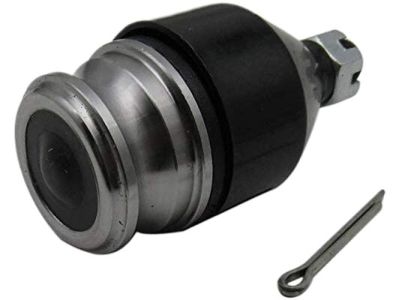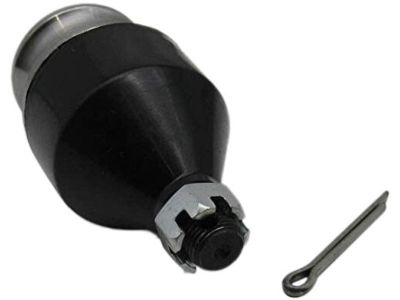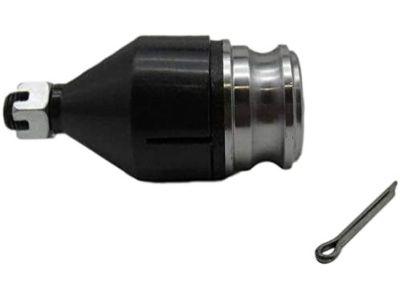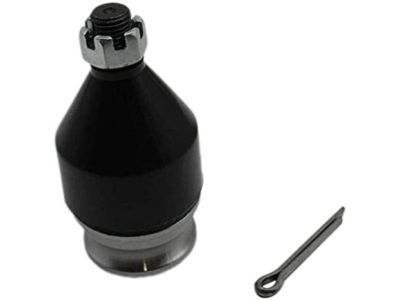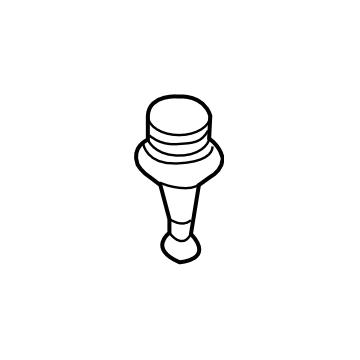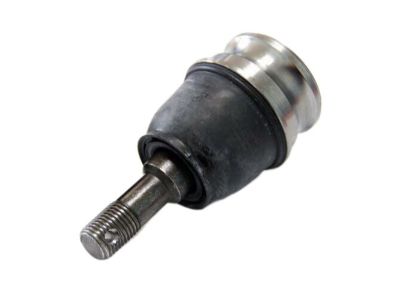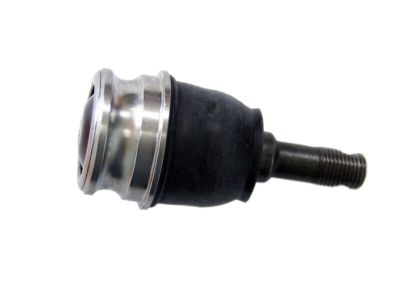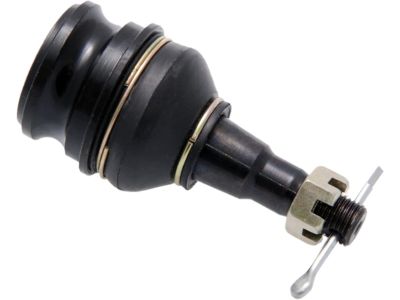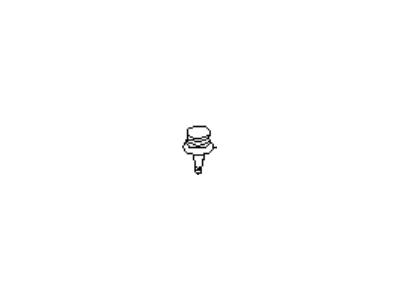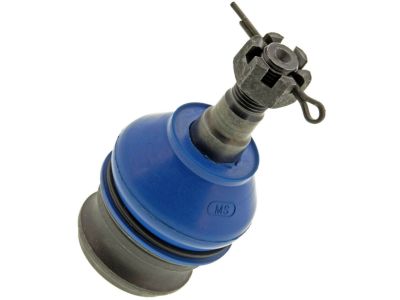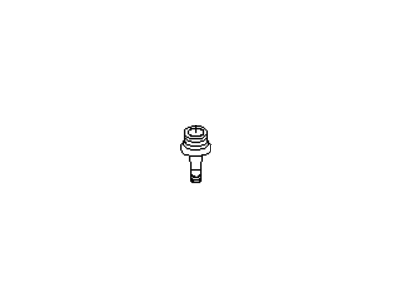×
- Hello
- Login or Register
- Quick Links
- Live Chat
- Track Order
- Parts Availability
- RMA
- Help Center
- Contact Us
- Shop for
- Subaru Parts
- Subaru Accessories


My Garage
My Account
Cart
Genuine Subaru Legacy Ball Joint
Control Arm Joint- Select Vehicle by Model
- Select Vehicle by VIN
Select Vehicle by Model
orMake
Model
Year
Select Vehicle by VIN
For the most accurate results, select vehicle by your VIN (Vehicle Identification Number).
3 Ball Joints found



Subaru Legacy Ball Joint COMPL
Part Number: 20206AN00A$42.93 MSRP: $62.22You Save: $19.29 (31%)Ships in 1-3 Business Days
Subaru Legacy Ball Joint
Our website stands as the go-to online destination for OEM Subaru Legacy Ball Joint. With complete lines of genuine Subaru Legacy Ball Joint available at unbeatable market prices, we ensure top quality, reliability, and durability. Each part comes backed by the manufacturer's warranty, reinforcing your trust in our offerings.
Subaru Legacy Ball Joint Parts Questions & Experts Answers
- Q: How to Inspect and Replace Front Control Arm Ball Joints on a Subaru Legacy?A:Inspect the Control Arm balljoints for looseness whenever they are separated from the control arm by attempting to turn the ballstud in its socket with your fingers; if the balljoint is loose or the ballstud can be turned, replace the balljoint. To check the balljoints with the suspension assembled, raise the front of the vehicle and support it securely on jackstands. Clean each balljoint and inspect the seal for cuts and tears; if the seal is damaged, it can be replaced, but replacing the balljoint is advisable. Use a large prybar under the balljoint resting on the wheel to pry it up while feeling for movement between the balljoint and Steering Knuckle, then pry between the control arm and steering knuckle to check for movement; any evident movement indicates a worn balljoint that should be replaced. Have an assistant grasp the tire at the top and bottom, moving the top in-and-out to check for looseness in the balljoint stud castellated nut; any looseness suggests a worn balljoint stud or a widened hole in the control arm, necessitating replacement of both the control arm and balljoint if the latter issue exists. To replace the balljoint, loosen the wheel lug nuts, block the rear wheels, raise the front of the vehicle, and place it on jackstands before removing the front wheel. Remove the cotter pin and loosen the castle nut on the ballstud without removing it. Separate the control arm from the balljoint using a two-jaw puller, balljoint separator, or pickle fork tool; note that using a pickle fork may damage the balljoint boot, which is acceptable since the balljoint is being replaced. Remove the balljoint pinch bolt from the steering knuckle, use a large screwdriver to pry open the slot in the steering knuckle, then install the castle nut onto the end of the ballstud to pull the balljoint out of the knuckle. Install the new balljoint into the knuckle and tighten the pinch bolt to the specified torque. Finally, reattach the control arm to the balljoint and tighten the castle nut to the specified torque, installing a new cotter pin.
Related Subaru Legacy Parts
Browse by Year
2021 Ball Joint 2020 Ball Joint 2019 Ball Joint 2018 Ball Joint 2017 Ball Joint 2016 Ball Joint 2015 Ball Joint 2014 Ball Joint 2013 Ball Joint 2012 Ball Joint 2011 Ball Joint 2010 Ball Joint 2009 Ball Joint 2008 Ball Joint 2007 Ball Joint 2006 Ball Joint 2005 Ball Joint 2004 Ball Joint 2003 Ball Joint 2002 Ball Joint 2001 Ball Joint 2000 Ball Joint 1999 Ball Joint 1998 Ball Joint 1997 Ball Joint 1996 Ball Joint 1995 Ball Joint 1994 Ball Joint 1993 Ball Joint 1992 Ball Joint 1991 Ball Joint 1990 Ball Joint
